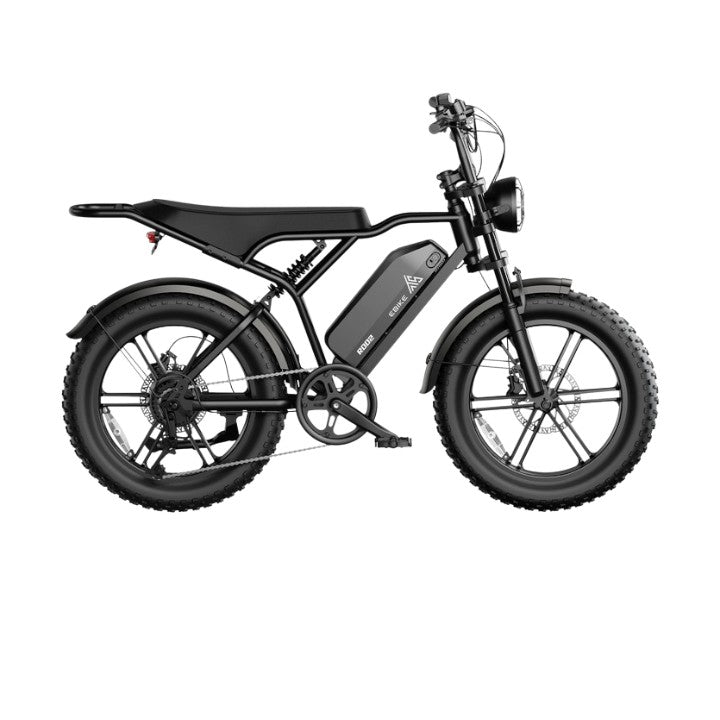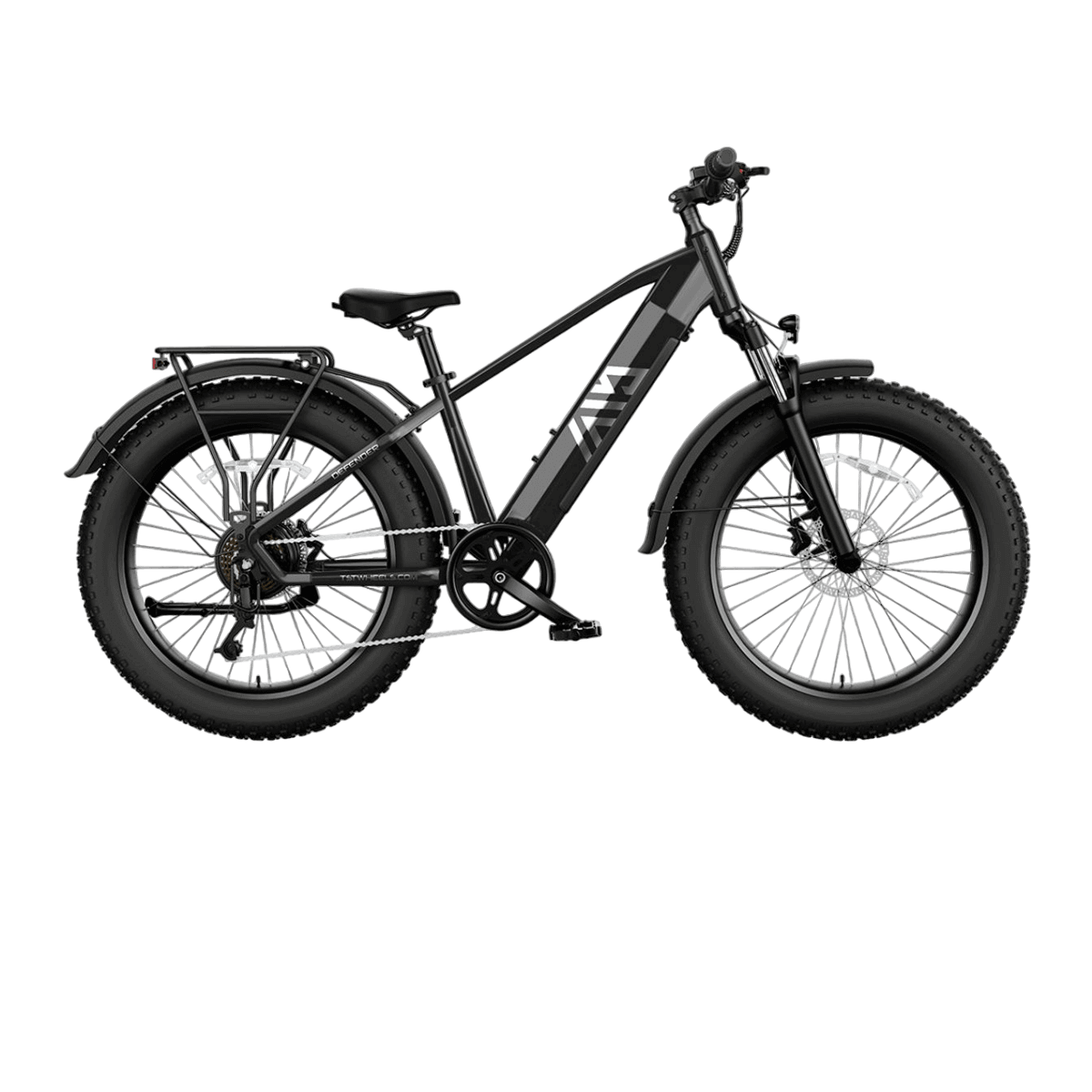A 1000W hub motor e-bike excels in power delivery and endurance, combining robust torque with advanced battery systems. Models like the 2025 Alibaba-sourced dual 52V 1000W variants feature hydraulic brakes, 26" fat tires, and dual 20Ah batteries for extended range. These bikes prioritize stability on rugged terrains while maintaining speeds up to 60 km/h. Optimal designs integrate high-efficiency controllers and durable frames, making them ideal for both off-road adventures and long-distance commuting.
What Defines a High-Performance 1000W Hub Motor?
A top-tier 1000W hub motor delivers consistent torque (85+ Nm) and operates at 48V-52V systems for rapid acceleration. Key factors include brushless design, thermal management, and compatibility with smart controllers. For example, dual-motor configurations enhance hill-climbing capability, while RPM optimization balances speed and energy efficiency.
Pro Tip: Always pair high-wattage motors with reinforced spokes to prevent wheel deformation under heavy loads. A 1000W motor operates like a sprinter's legs — explosive power for short bursts but reliant on proper conditioning (cooling, voltage stability) for sustained performance. Technical specifications matter: a 48V 20Ah battery paired with a 30A controller ensures minimal voltage sag even at peak output. However, exceeding 60 km/h may require upgrading to hydraulic disc brakes with 203mm rotors for reliable stopping power.
| Feature | Standard 1000W | Premium 1000W |
|---|---|---|
| Battery | 48V 15Ah | Dual 52V 20Ah |
| Brakes | 180mm Mechanical | 203mm Hydraulic |
| Top Speed | 45 km/h | 60 km/h |
How Do Battery Systems Impact 1000W E-Bike Performance?
Battery capacity and voltage directly determine range and torque. Dual 52V 20Ah batteries, as seen in hunting e-bikes, provide 2100Wh capacity for 75-100 km ranges. High-discharge cells (e.g., 21700 lithium) minimize power drop during acceleration.
Practically speaking, voltage dictates how "hard" the motor works. A 52V system delivers 8% more power than 48V equivalents, akin to using premium fuel in combustion engines. However, mismatched chargers (e.g., 42V/2A units) can prolong charging times to 5+ hours. For urban commuters, 36V systems prioritize weight savings, but off-road models demand higher voltages to sustain torque on inclines.
TST EBike Expert Views
TST's engineering philosophy centers on balancing power with practicality. Our upcoming 1000W models incorporate heat-dissipating motor housings and adaptive torque sensors, ensuring smooth acceleration without overtaxing components. By integrating Shimano 11-speed drivetrains with 180mm hydraulic brakes, we achieve a symbiosis of speed and control ideal for technical trails.
FAQs
Jurisdictions vary: In the EU, 250W is standard for road use. Off-road 1000W models often require private land access. Always verify local wattage and speed caps.
Can a 1000W hub motor handle steep hills?Yes — dual-motor setups provide 160+ Nm torque, conquering 30° inclines. Single-motor variants perform best under 25° slopes with proper gear ratios.




Leave a comment
This site is protected by hCaptcha and the hCaptcha Privacy Policy and Terms of Service apply.